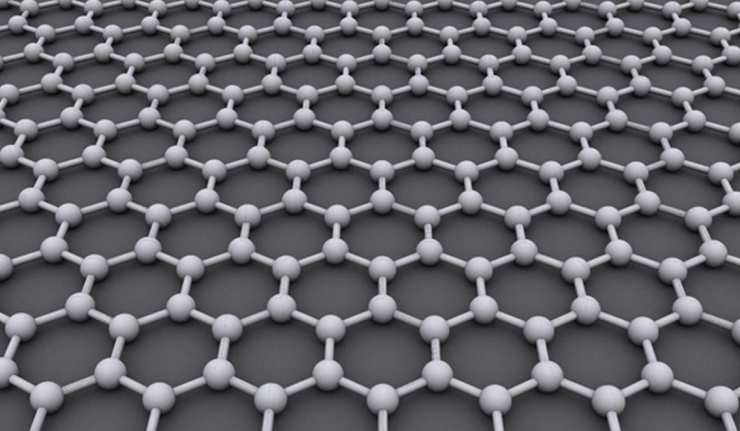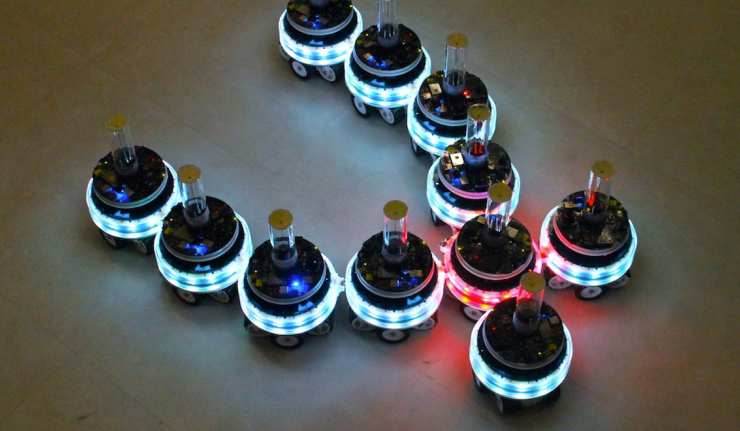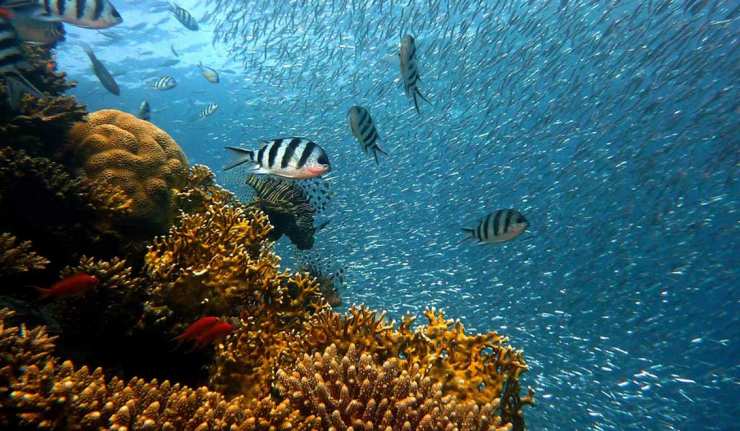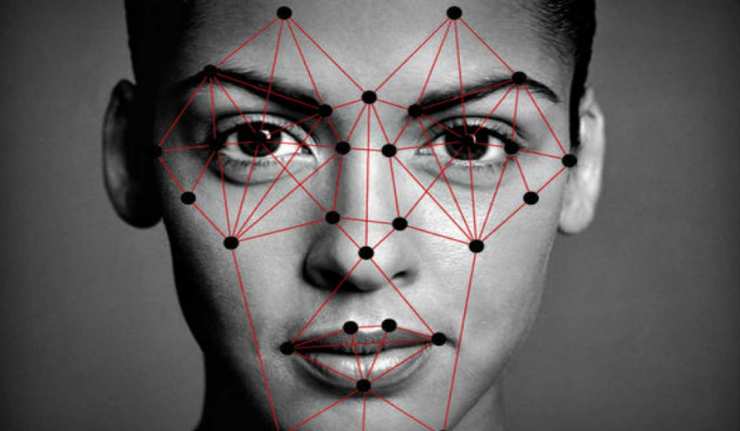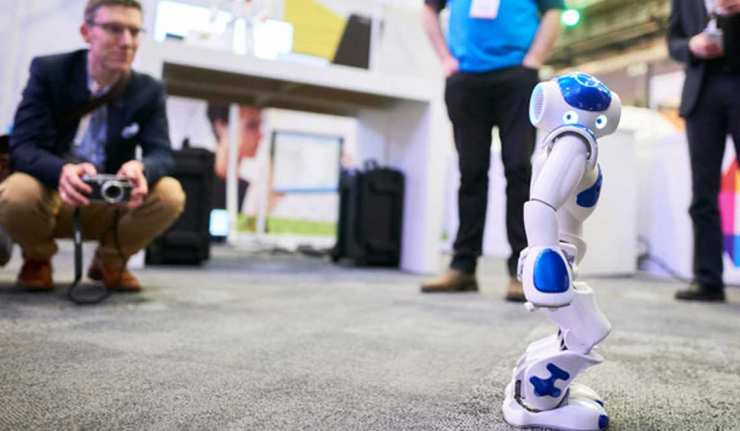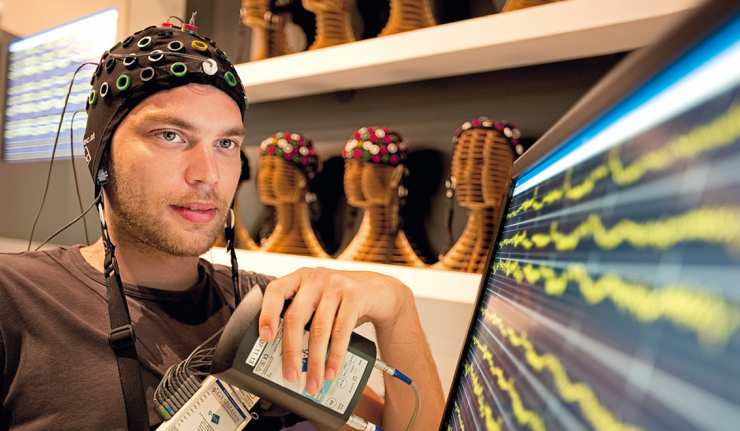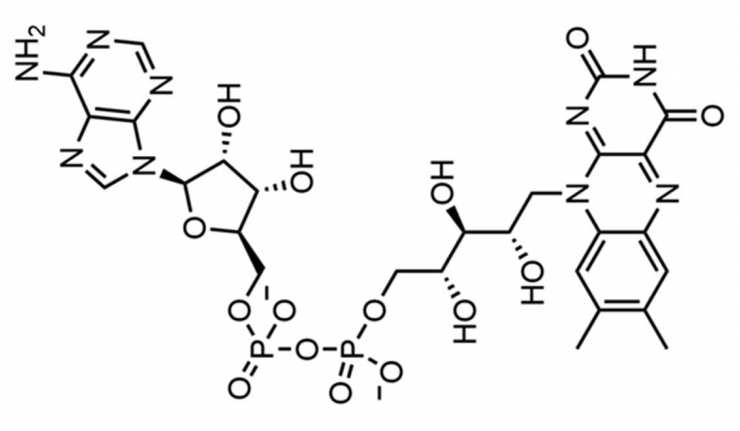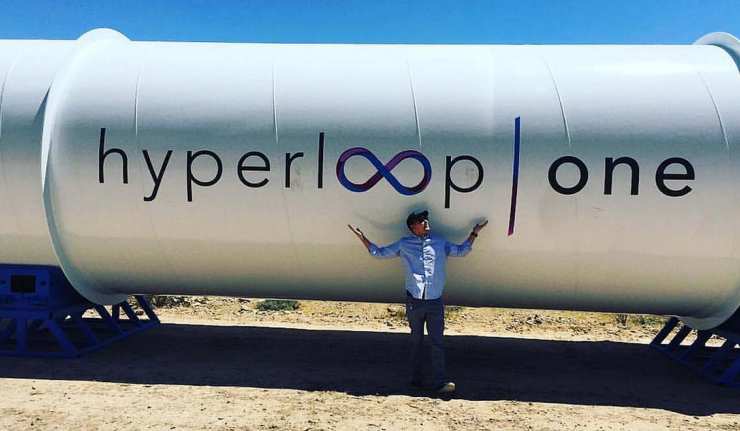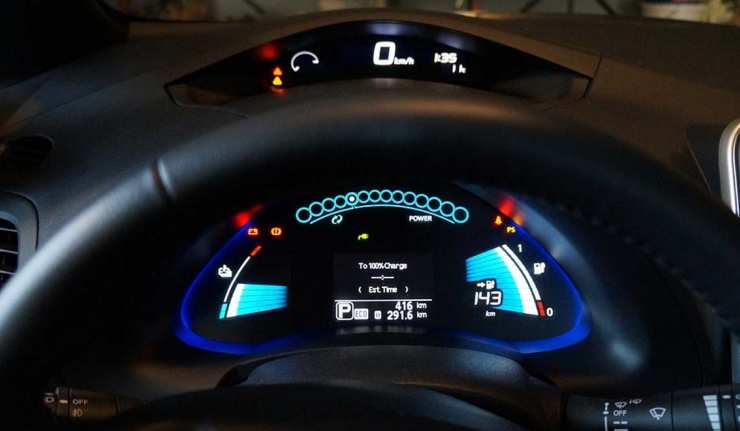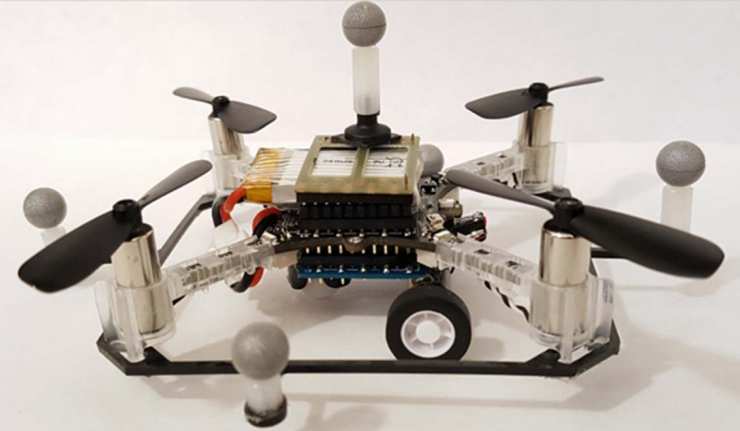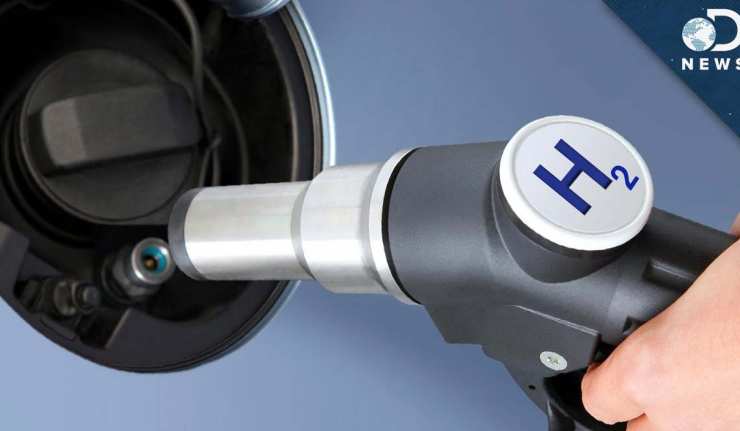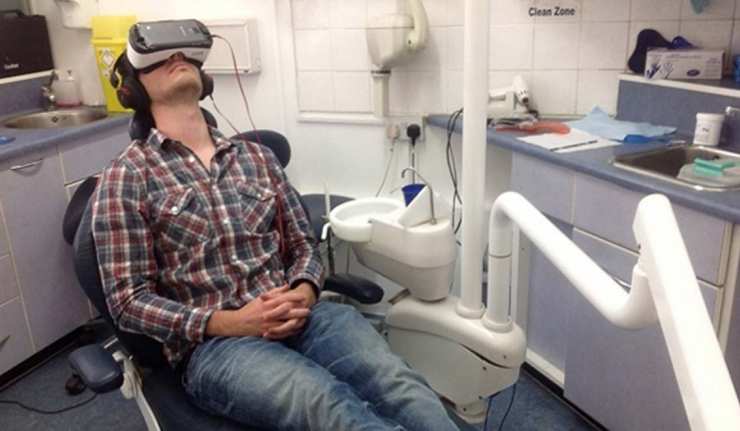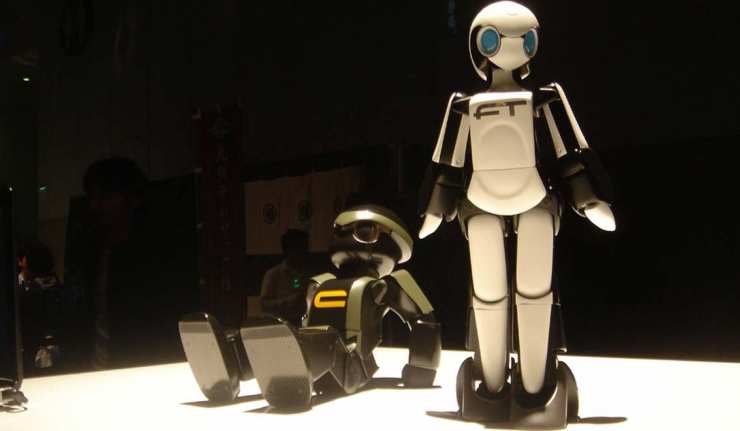future
Graphene is the New Silicon? – A Closer Look at the Most Likely Next-Generation Superconductor
Graphene is a fascinating and relatively novel material that may have a whole range of applications in the areas of electronics and engineering in the near future. It is a superconductor that has recently demonstrated the ability to co-exist with silicon to enhance the capabilities of this complementary metal-oxide-semiconductor (CMOS). These capabilities include photonics: for example, silicon/graphene transistors have recently formed the basis of a sensor that can ‘see’ visible, IR and UV light simultaneously.
Bots with Brains: The Future of Robotics is… Modular?
Some of us may think of robots as machines we’ve created to mimic human or animal motion, gait, gestures and forms. They are also very often designed to manipulate things in a way that approximates the human ability to do so, in order to complete tasks and automated processes. However, there are engineers and scientists who assert that robots would be more effective, adaptable and useful if they conformed to more unique or interchangeable form factors.
The Solar Economy: What’s Being Done To Help It On Its Way?
Solar energy involves using highly-specialised and engineered power cells to harvest the energy of sunlight and convert it into electricity that can be used by conventional appliances. Over the last 20 years, this concept has morphed from an unlikely pipe dream into a nearly-standard component of energy use in new buildings. Installations of sunlight-collecting panels in large numbers have become part of the everyday electricity grid in several countries, including China and Spain.
Fewer Old Fish Equals Trouble for Fish Stocks
Most of us now realise that fish stocks in the world’s oceans are at an all-time low. But what many people fail to understand is that the age of the remaining fish within those stocks also has an important impact on the health of these marine communities, which we rely on as an important source of food.
Nerve Stimulation As A Replacement For Traditional Tablet Based Medicine
The traditional route of taking medicines in tablet form for certain conditions could potentially be replaced by a small device similar to a pacemaker, researchers claim. The device is roughly the same size as a pacemaker, but instead of being implanted by the heart, it sits just below the left collarbone. The idea is that the device stimulates the vagus nerve, which runs from the brain to the abdomen and is responsible for maintaining our heart rate, as well as relaying signals to and from our spleen, lungs and digestive system.
The Future of Facial Recognition
Synthetic facial recognition is demonstrably making the transition from action or spy movies to real life. This technological revolution is based on the ability of cameras to pick up the image of a face to process, analyse and ultimately identify people based on their facial characteristics. Companies such as NEC believe that computerised facial recognition can form the backbone of a modern security system, be they public or corporate.
Will Robots Ever Take Over from Teachers?
Imagine a classroom where a robot stands in front of a group of students, setting them individualised tasks and making sure each student completes this to the best of their ability. A human teacher is on hand to check on students’ work and to maintain discipline if necessary, but it’s the robot which will be responsible for creating learning plans for each student as well as monitoring their progress both within a lesson and over the course of an academic year.
The Future of Toy Design. Should it Include Brain-Computer Interfaces?
Toys are an inseparable part of our childhood years, no matter where on the Earth we live or how poor or rich we are. The difference comes in the materials used to make the toys, and whether they are especially designed to be used as a toy with an educational purpose, or an ordinary object turned into a toy through the imagination of a child. Many of us remember folding an ordinary piece of paper into an intricate airplane and watching with delight as it flies through the sky. The toy market however, has advanced apace, driven by the technological revolution in our everyday life.
Powering the Future: Using Light to Make Hydrocarbon Fuel
We are in need of novel new fuel sources for the future, with one potential solution being the possibility of converting fatty acids to hydrocarbons using an algal enzyme which is activated by light. The ability to scale this recently discovered reaction to an industrial level could well provide an environmentally friendly new source of hydrocarbon energy.
Hyperloop One Keeps Breaking Records
It’s been a busy week for the Hyperloop One transport system. First, a student competition resulted in the winning entrant reaching seriously impressive speeds, a Space X/Tesla test pods then broke that record.
Compressed Air: Battery of the Future
Storing natural energy sources like wind and solar energy is highly unpredictable, thus hastening the need to resort to alternate means. While some countries have taken to stockpiling hydroelectricity, other nations face challenges due to reasons like water scarcity or poor accessibility. Meanwhile, the daily requirements for energy via televisions, air conditioners, water heaters and so on, continue to escalate among both our homes and places of work.
Charging Your Electric Car On The Go Is Now One Step Closer To Reality
Currently, one of the major drawback of electric cars is that they have a relatively small range of travel before they need to be recharged. This can take several hours which definitely cuts into the time required to travel long distances. Couple this with an expensive price tag and it seems as though it’s still going to take a bit more time before electric cars become more mainstream.
The Drone with Wheels: A Realistic Step towards the Flying Car?
The flying car is not a thing – although technology enthusiasts born in the 1980s or later may be disappointed by that fact. Many of us may be secretly dissatisfied that having the choice between taking to the roads or the air is not an everyday amenity as yet. The technology that makes the personal or family flying vehicle is still in its very early stages. The most recent Consumer Electronics Show (CES) exhibitions showcased a few single-person planes or helicopters, but these were either concept showcases or prohibitively expensive.
Object ‘Teleported’ from Earth to Space
The idea of teleportation is no more just in sci-fi movies or fiction books, it has become a real-world phenomenon! Also called teletransportation, this power is defined as the transfer of energy without traveling any physical space.
How Hydrogen Fuel Can Power the Future
In the scenic mountain ranges of Rjukan in Norway, tourists can go and see the evidence of work on using hydrogen as a fuel source. This location contains waterfalls that were harnessed for hydroelectric power in the 1920s. The energy generated from this plant would be used to split water into hydrogen and water using electricity through a process known as electrolysis, in an adjoining factory. Many researchers in Norway still think this is the way of the future, and that hydrogen can power any modern concern, from housing to industry.
VR Remedies for Dentist Phobias
Many people have negative psychological effects that are associated with getting dental work done, or even in some cases, merely going to the dentist. This may be based on memories of fear, anxiety or pain that were experienced in a dental surgery. In some cases, these can develop into genuine phobias, or psychological disorders that cause those affected to avoid dental treatment at all costs.
Spongy Ceramics – A Potential New Direction for Water Treatment and Other Industries
Ceramic is amazing stuff. It’s extremely strong and durable, has an amazing capacity for heat absorption and is also stable at high temperatures. This could well make ceramic an excellent component in materials or biomaterials, were it not for their tendency to shatter at any given opportunity. The structure of ceramics as they are typically produced allows even very minor structural flaws to propagate within them easily, thus causing a crack to ‘spread’ through a solid layer of ceramic with ease.
Better Living Through Air Quality
Air quality is defined as the amount of ambient pollution found in a standard measure of atmospheric gases. Air can contain a surprisingly long list of pollutants, which are suspended within it and can adversely affect humans and animals in contact with them, particularly when they are taken into the lungs. The types and concentrations of pollutants that reduce air quality is determined by the immediate environmental area (or microclimate) and what its functions may be. Therefore, a microclimate can be a residential area, industrial complex or a whole city.
Virtual Reality Training Could Prevent Accidents in Safety-Critical Workplaces
Disasters in ‘safety-critical’ industries like the military, nuclear power, shipping, energy extraction and mining are a cause of concern as they can be life-changing and endanger individuals and the environment as a whole.
Advanced Rescue Robots: Keeping You Safe
Recent joint research efforts in the fields of intelligent robotics and autonomous agents has focused not only on the emergent intelligence of a single device, but also on their capability to work together, and coordinate activity in specific contexts. A robot designed and constructed by a joint group of researchers from Osaka University, Kobe University, Tohoku University, the University of Tokyo, and Tokyo Institute of Technology, has an impressive ability to assess and assist in disaster relief situations.

